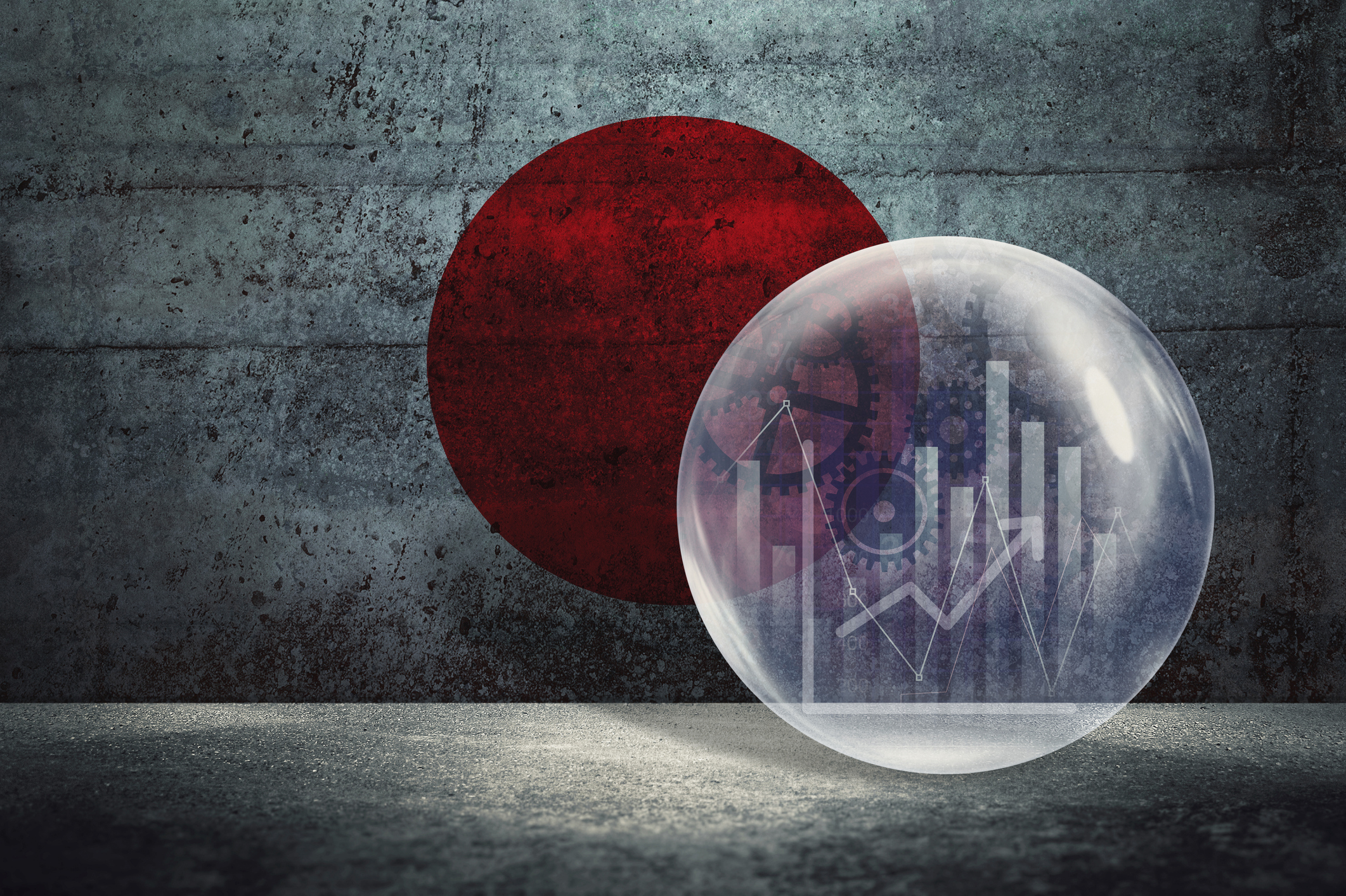Start Investing: Set Goals and Adopt a Strategy
Decide what you want to save for and how much you need to save, then figure out how you'll do it.
You want a home of your own, an education for your kids, a comfortable retirement someday and a little fun along the way. These are the dreams we all seem to be born with. To achieve them, we must become investors.
Investment goals tend to be long-term: enough to pay college tuition starting in ten years, for instance, or enough to retire on in 15 or 20 years. In fact, it's this long-range outlook that causes many people to set such vague, halfhearted goals that they fail to reach.
If you set merely "retirement" as a goal, what will motivate you to get there? Try going a few steps further: Where would you like to live when you retire? How much will it cost? What would you like to do? Travel? Sail the Caribbean? Play golf? How much income will you need in addition to your pension?
From just $107.88 $24.99 for Kiplinger Personal Finance
Become a smarter, better informed investor. Subscribe from just $107.88 $24.99, plus get up to 4 Special Issues

Sign up for Kiplinger’s Free Newsletters
Profit and prosper with the best of expert advice on investing, taxes, retirement, personal finance and more - straight to your e-mail.
Profit and prosper with the best of expert advice - straight to your e-mail.
This kind of thinking lets you add some flesh to your bare-bones goal to "retire someday." You can set a goal like this: "Our goal is to retire at the age of 58 to a three-bedroom house near the Grand Canyon in Arizona, with room for the grandchildren who will come to visit. We want to spend at least two months of the year traveling in the U.S. and Europe, and we'll need $3,000 a month to supplement our pensions and Social Security." Now you've got some goals you can pin a price tag on and a nice mental picture to remind you of why you're pouring all that money into delayed gratification.
A Strategy to Reach Your Goals
Create your own strategy based on your own goals, risk tolerance, and psychological makeup. For example, three different investors might devise strategies like the following:
Sticking with stocks.
"Stocks offer the best returns over the long run. I have more than a decade to ride out any market dips, so I'm going to play the averages and put 90% of my money in the stock market. The rest I'll keep in savings, insured certificates of deposit, and money-market funds."
Rooted in real estate.
"I think that rental real estate, despite its occasional setbacks, offers the best chance of long-term gain and steady income. I'll try to keep 40% of my assets in real estate and diversify the rest, putting some in the money market for liquidity and some in big-company stocks to balance the risks in real estate."
Spreading the risks.
"I don't have a clue what's going on in the investment markets and I don't have the time to keep up, so I'll spread my money across a wide range of investments in the hope that gains in some categories will offset losses in others. I will invest 60% in stock-oriented mutual funds, 20% in corporate bonds, 10% in money-market funds and CDs, and 10% in shares of a real estate investment trust."
These are made-up scenarios, of course. Your own plan may look nothing like them, but you should go through the thought process so that investment decisions you make will be guided by your own strategy, not that of a broker or adviser trying to sell you something. A successful strategy can probably be summarized in three or four sentences, just like the ones above.
Monitor Your Investments
To make sure your investment plan is still on track, sit down once a year or so and update the values of what you own, including the equity in your home.
Compute each type of investment — stocks, bonds, mutual funds, and so forth — as a percentage of the total. If you haven't achieved an asset mix to your liking, this exercise will show you which parts have to be increased and which cut back. As the years go by, the percentage mix of your investments will change without you lifting a finger, as some parts of your portfolio rise in value and others fall. This makes a periodic review imperative. Money-management software, such as Microsoft Money or Quicken, makes it a snap.
Profit and prosper with the best of Kiplinger's advice on investing, taxes, retirement, personal finance and much more. Delivered daily. Enter your email in the box and click Sign Me Up.
-
 Stocks Struggle Ahead of November Jobs Report: Stock Market Today
Stocks Struggle Ahead of November Jobs Report: Stock Market TodayOracle and Broadcom continued to fall, while market participants looked ahead to Tuesday's jobs report.
-
 7 Dr. Seuss Quotes Retirees Should Live By
7 Dr. Seuss Quotes Retirees Should Live ByYou're off to great places! Why Dr. Seuss is the retirement guru you didn't know you needed.
-
 Fed's Rate Cuts Could Have Impacts You Might Not Anticipate
Fed's Rate Cuts Could Have Impacts You Might Not AnticipateUnderstanding how lower interest rates could impact your wallet can help you determine the right financial moves to make.
-
 AI Appliances Aren’t Exciting Buyers…Yet
AI Appliances Aren’t Exciting Buyers…YetThe Kiplinger Letter Artificial intelligence is being embedded into all sorts of appliances. Now sellers need to get customers to care about AI-powered laundry.
-
 What to Expect from the Global Economy in 2026
What to Expect from the Global Economy in 2026The Kiplinger Letter Economic growth across the globe will be highly uneven, with some major economies accelerating while others hit the brakes.
-
 Shoppers Hit the Brakes on EV Purchases After Tax Credits Expire
Shoppers Hit the Brakes on EV Purchases After Tax Credits ExpireThe Letter Electric cars are here to stay, but they'll have to compete harder to get shoppers interested without the federal tax credit.
-
 The Economy on a Knife's Edge
The Economy on a Knife's EdgeThe Letter GDP is growing, but employers have all but stopped hiring as they watch how the trade war plays out.
-
 Banks Are Sounding the Alarm About Stablecoins
Banks Are Sounding the Alarm About StablecoinsThe Kiplinger Letter The banking industry says stablecoins could have a negative impact on lending.
-
 Japan Enters a New Era of Risk and Reform
Japan Enters a New Era of Risk and ReformThe Kiplinger Letter Japan has entered a pivotal moment in its economic history, undertaking ambitious policy and structural reforms to escape from decades of stagnation.
-
 After Years of Stagnant Growth, Hope Emerges for EU Economy
After Years of Stagnant Growth, Hope Emerges for EU EconomyThe Kiplinger Letter Can a German fiscal push outweigh French political peril?
-
 The Most Tax-Friendly States for Investing in 2025 (Hint: There Are Two)
The Most Tax-Friendly States for Investing in 2025 (Hint: There Are Two)State Taxes Living in one of these places could lower your 2025 investment taxes — especially if you invest in real estate.